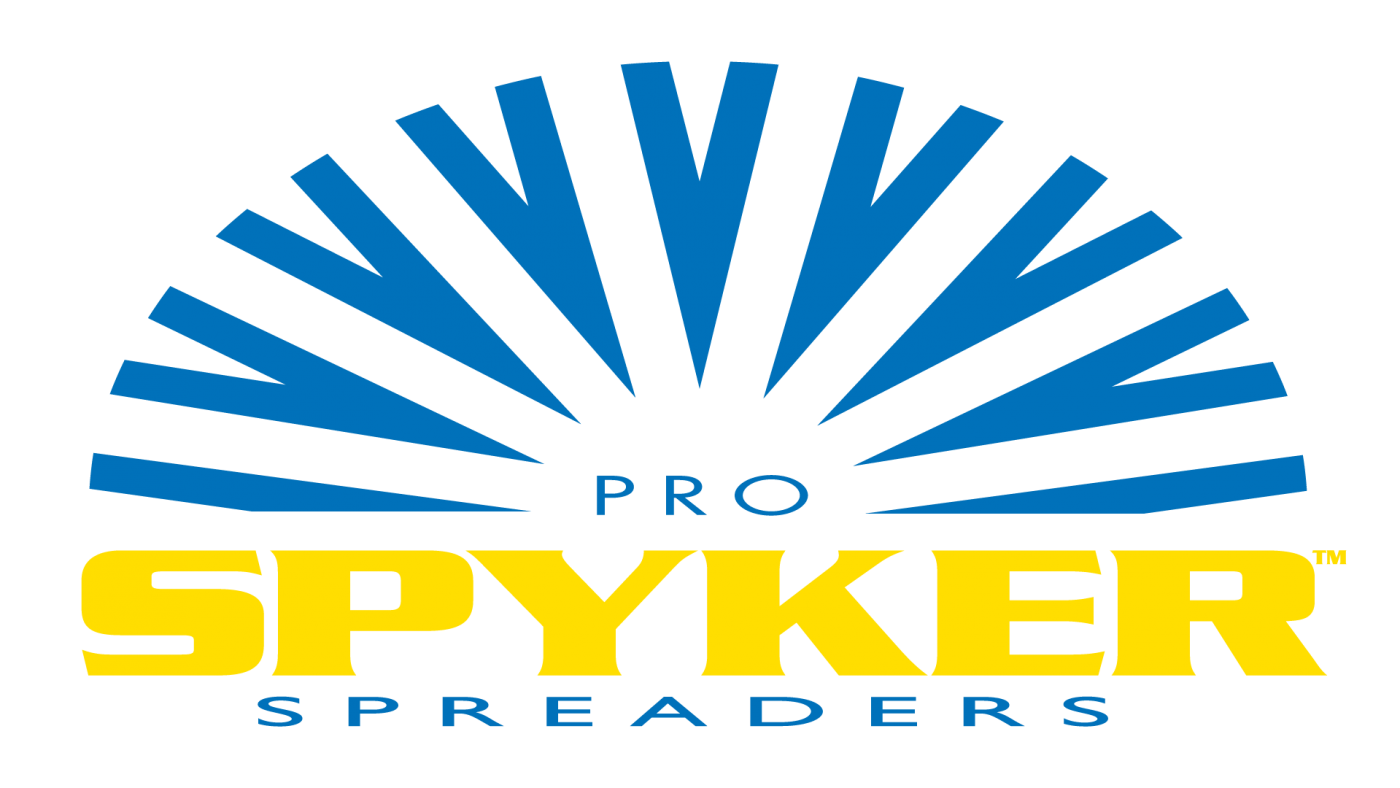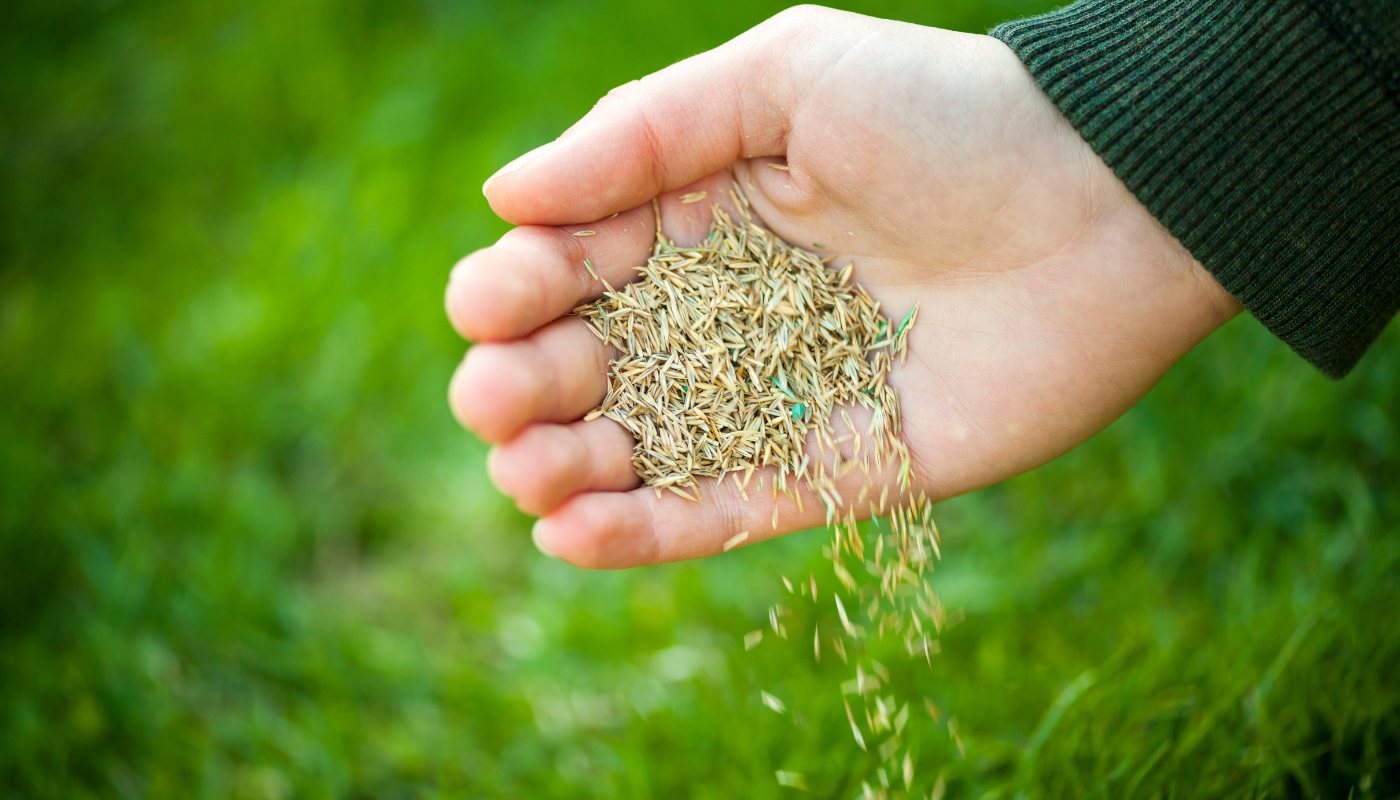Suppose you’re a landscaping business owner or a lawn care owner-operator in the southern part of the U.S. In that case, you’re undoubtedly gearing up for spring lawn maintenance services for your commercial and residential customers.
It’s time to start marketing your spring overseeding services if you provide lawn care services. Why offer overseeding services this spring? Warm-season grasses love heat, and springtime tends to heat up quickly in the south.
Understanding Warm Season Turfgrass Needs
Typically, you start your spring overseeding services in late spring to early summer when temperatures are getting hotter, which will speed up germination.
While you probably know the ins and outs of the turfgrass that grows in your region, here’s a quick recap of warm season grasses, including their characteristics and growth habits:
- Popular warm-season grasses include St. Augustinegrass, Bermudagrass, bahiagrass, centipede grass, and zoysia grass.
- Most warm-season grasses need more sunlight than their cool-season counterparts. Depending on where you live, you may have a fescue blend or tall fescue growing in shaded areas.
- Warm-season grasses need irrigation in the morning, and like cool-season grasses, a deep watering one to two times a week is more beneficial than a quick sprinkle.
- Your customers must know that watering warm season grasses at night could lead to turfgrass diseases.
- Warm season grasses have different mowing height needs. For example, Bermuda and Zoysia grass can be cut down to ½” while centipede grass needs only the top third cut off.
- Warm season grasses may green up in February and early March if there’s a warm spell. If there’s a cold snap after the warm-up, with below-average temperatures, your customers’ lawns could suffer winterkill.
- Remember, you can’t put down pre-emergent weed control at the same time that you overseed your customers’ lawns. The pre-emergent weed control will block turfgrass and grassy weeds at the same time.
Read more: Spyker Lawn Rollers: How They Benefit Your Lawn
Harsh winter winds, cold temperatures, ice storms, and dry conditions contribute to turfgrass winterkill in the spring. And your commercial and residential clients may need you to overseed their warm-season lawns during this time.
You should overseed your customers’ winterkill lawns in the spring. However, if there’s extensive damage, you may need to renovate the customer’s yard or put down sod so weeds can’t grow in place of turf.
Spring Overseeding Best Practices
As a lawn care professional, you want to ensure your spring overseeding is successful for your clients. You first need to follow guidelines for overseeding warm season grasses. Then, you must coach homeowners or property managers on caring for their newly seeded lawns.
Ideally, you can package lawn maintenance services below, such as aeration, spring overseeding, and fertilizer services, which go hand-in-hand each year for your warm season clients.
Here are the steps for spring overseeding warm season turfgrass:
- Perform a soil test to see what nutrients and minerals are missing.
- Scalp your customers’ lawns so there is ample room for grass seed to take hold in the soil. Scalping will remove all lawn debris, such as twigs, leaves, and nuts.
- Remove the grass clippings for composting and rake your clients’ lawns to loosen up the soil.
- Aerate the soil so grass seed and moisture can go deep into the ground to develop deep roots and a healthy turfgrass stand.
- Put down soil amendments, such as topdressing and lime, to correct pH and other nutrient deficiencies needed to grow healthy turfgrass. Use a spreader to apply a light layer of topdressing.
- Use a drop spreader to deposit grass seeds and fertilizer over the newly prepared soil.
- Next, use a lawn roller to tamp down seed and topdressing so that grass seed will start germinating and develop deep roots in the soil.
- Add nutrients and fertilizer to encourage quick and deep root growth.
Learn more: Teach Lawn Care Clients How to Care for Their Lawns Between Visits
Coaching Your Lawn Care Clients on Nurturing a Warm Season Lawn
While you may visit your client’s newly seeded lawn to check on its progress, you still need to teach the homeowner or property manager how to take care of their lawn.
Encourage your customer to use their in-ground sprinkler system. You can even set the timer for them so it goes off at specific times each day. Newly overseeded lawns only need light watering in the first week or two.
If there isn’t rain in the forecast or it’s very windy, coach your client to water their lawn several times a day.
When the turfgrass seedlings grow aboveground, reset your client’s irrigation system to water less frequently but more deeply.
The University of Maryland Extension advises that water reach the top 4-5” of soil. Remember to set your customer’s timer so watering happens in the morning and not in the evening.
If your customers mow their lawns, remind them to wait until turfgrass grows 1” higher than desired and only remove the top third of the grass blades when they first mow their overseeded lawn.
Also, remind your customers that scalping will lead to more weeds, poor turf density, and cause turf stress. Encourage your customers to mow only once a week for optimum turfgrass health.
Finally, remind customers to mow when the soil is dry to avoid ruts developing and reduce foot traffic, such as kids playing on the newly seeded lawn.
Summing Up
Spring is the perfect time to provide aeration and overseeding services for your warm season customers. Ensure you get a soil test and inspect the area where the grass isn’t thriving. Prepare the soil through mowing, raking, and aerating. Add topdressing to give an extra boost of nutrition.
Use a drop spreader to put down turfgrass seed, a lawn roller to press down the topsoil, any soil amendments, and turfgrass seed. Finally, coach your clients on watering and caring for their overseeded lawns.
How Spyker Spreaders Helps You with All Your Spring Overseeding Jobs
Do you need new lawn care equipment for spring overseeding jobs? You’ve come to the right place.
Spyker Spreaders has all the lawn care equipment you need to be successful this spring with your overseeding and fertilizing jobs, including:
You can find our Spyker lawn care spreaders, lawn rollers, and other landscaping products at your local dealer, online, or at the Spyker store.
Spyker Customer Service: For warranty, service parts, or help at any time, reach out to our team by calling our toll-free number (800-972-6130) or by emailing customerservice@brinly.com. Replacement parts can also be ordered online at Spyker’s website.
Sources:
LawnLove.com, Overseeding in Spring.
Extension.UMD.edu, Care and Maintenance of a Lawn After Seeding.
Pennington.com, All You Need to Know About Warm Season Grasses.
TurfFiles.NCSU.edu, Cold Temperature Damage and Spring Green-Up of Warm-Season Grasses.

